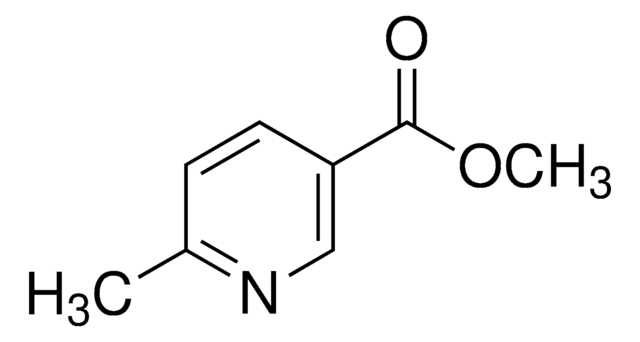All Photos(3)
About This Item
Linear Formula:
CH3(CH2)10CH3
CAS Number:
Molecular Weight:
170.33
Beilstein:
1697175
EC Number:
MDL number:
UNSPSC Code:
12352001
PubChem Substance ID:
NACRES:
NA.21
Recommended Products
grade
anhydrous
Quality Level
vapor density
5.96 (vs air)
vapor pressure
1 mmHg ( 47.8 °C)
Assay
≥99%
form
liquid
autoignition temp.
401 °F
expl. lim.
8 %
impurities
<0.003% water
<0.005% water (100 mL pkg)
refractive index
n20/D 1.421 (lit.)
bp
215-217 °C (lit.)
mp
−9.6 °C (lit.)
density
0.75 g/mL at 25 °C (lit.)
SMILES string
CCCCCCCCCCCC
InChI
1S/C12H26/c1-3-5-7-9-11-12-10-8-6-4-2/h3-12H2,1-2H3
InChI key
SNRUBQQJIBEYMU-UHFFFAOYSA-N
Looking for similar products? Visit Product Comparison Guide
General description
Dodecane is a linear alkane mainly found in jet fuels.
Application
Dodecane may be used as an inorganic diluent to form an organic phase along with decanol as an active diluent and tri-n-octylamine as an extractant. This system may be used for the extraction of lactic acid from aqueous solutions.
Signal Word
Danger
Hazard Statements
Precautionary Statements
Hazard Classifications
Asp. Tox. 1
Supplementary Hazards
Storage Class Code
10 - Combustible liquids
WGK
WGK 1
Flash Point(F)
158.0 °F - Pensky-Martens closed cup
Flash Point(C)
70 °C - Pensky-Martens closed cup
Personal Protective Equipment
dust mask type N95 (US), Eyeshields, Gloves
Choose from one of the most recent versions:
Already Own This Product?
Find documentation for the products that you have recently purchased in the Document Library.
Customers Also Viewed
Thermal decomposition of n-dodecane: Experiments and kinetic modeling.
Herbinet O, et al.
Journal of Analytical and Applied Pyrolysis, 78(2), 419-429 (2007)
Lactic acid extraction from aqueous solutions with tri-n-octylamine dissolved in decanol and dodecane
Yankov D, et al.
Biochemical Engineering Journal, 21(1), 63-71 (2004)
The novel extractants, diglycolamides, for the extraction of lanthanides and actinides in HNO3-n-dodecane system.
Sasaki Y, et al.
Solvent Extr. Ion Exch., 19(1), 91-103 (2001)
E J Walsh et al.
Biomedical microdevices, 8(1), 59-64 (2006-02-24)
The two-phase segmented flow approach to the processing and quantitative analysis of biological samples in microdevices offers significant advantages over the single-phase continuous flow methodology. Despite this, little is known about the compatibility of samples and reactants with segmenting fluids
Hydroisomerization and hydrocracking. 2. Product distributions from n-decane and n-dodecane.
Steijns M, et al.
Ind. Eng. Chem. Prod. Res. Dev., 20(4), 654-660 (1981)
Our team of scientists has experience in all areas of research including Life Science, Material Science, Chemical Synthesis, Chromatography, Analytical and many others.
Contact Technical Service









